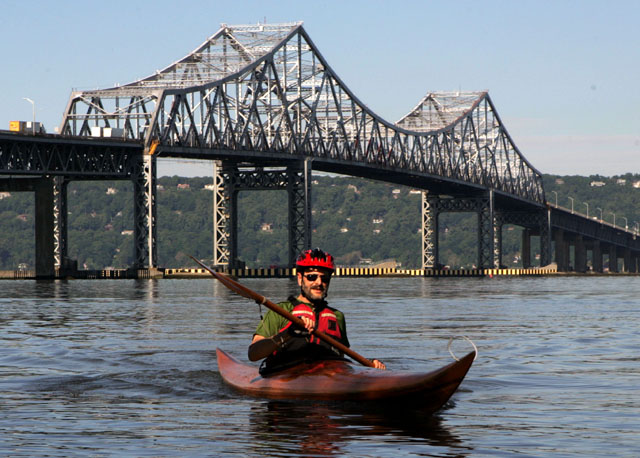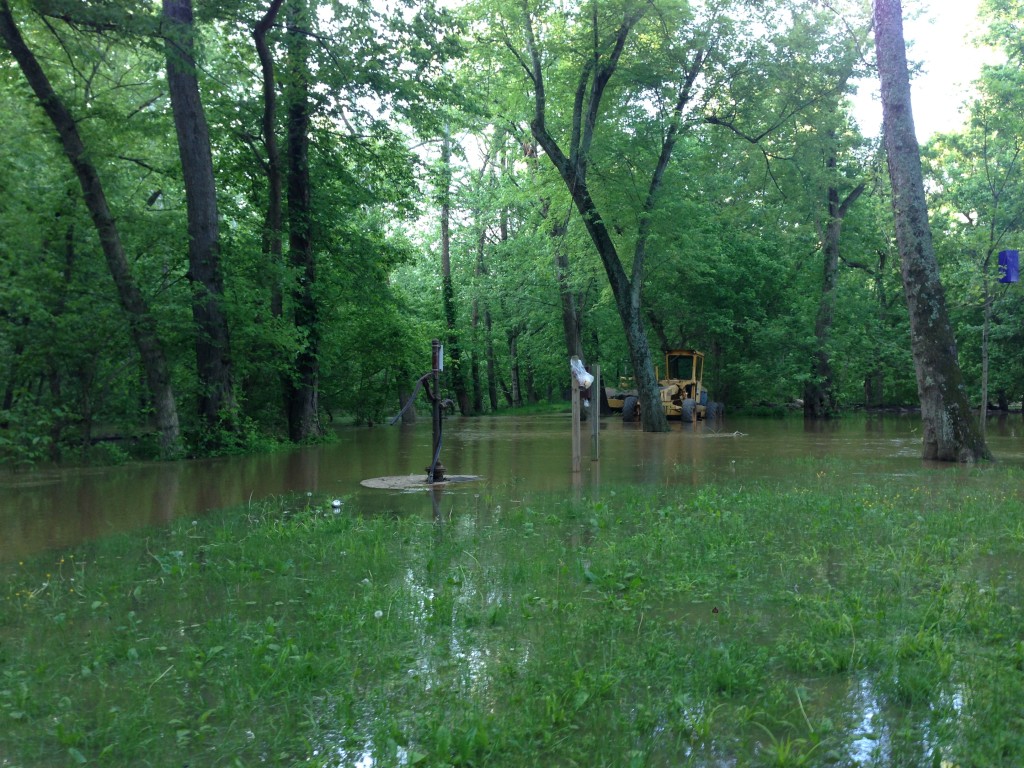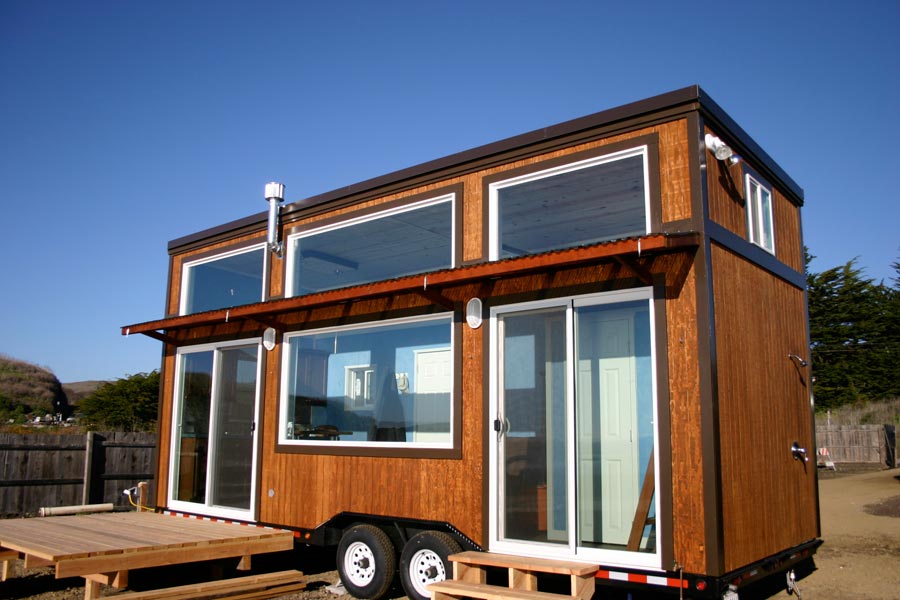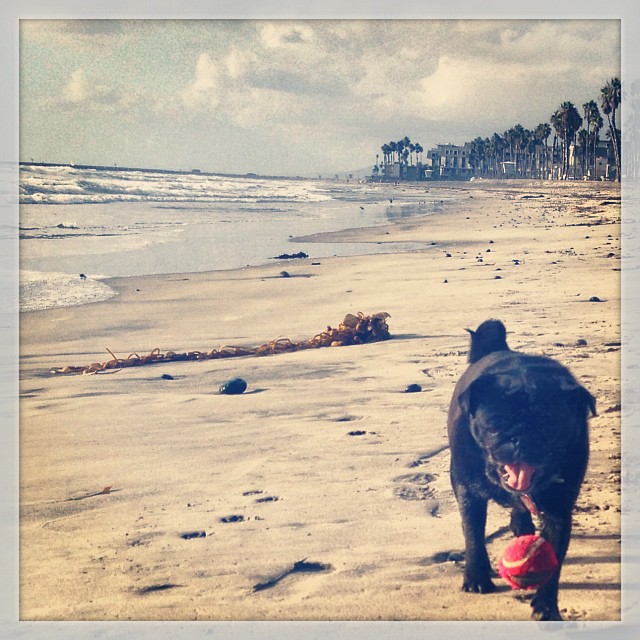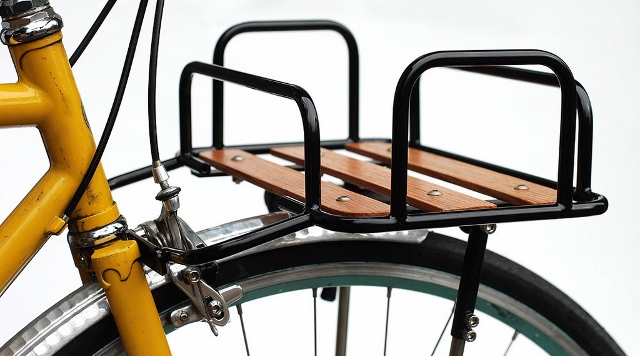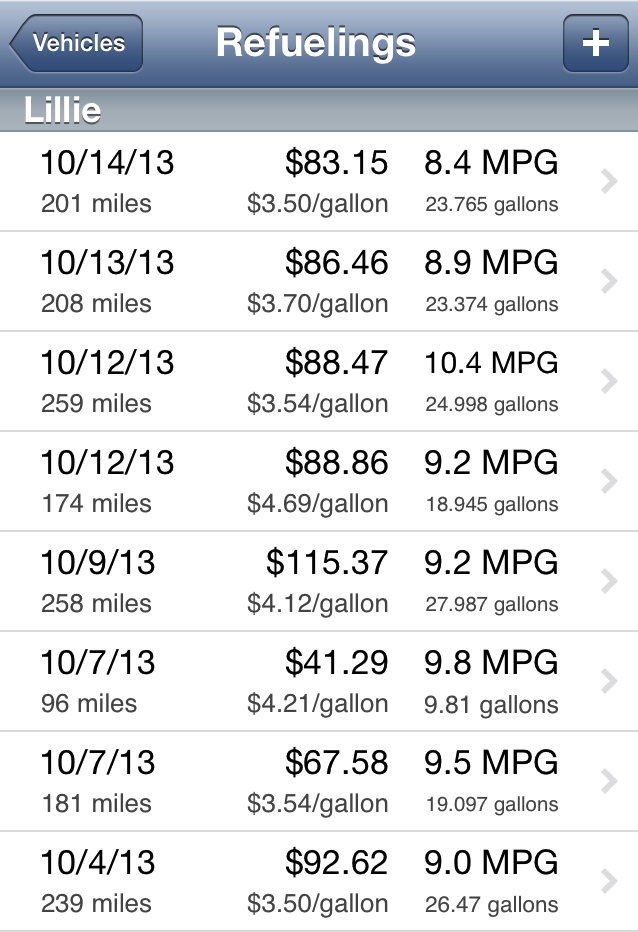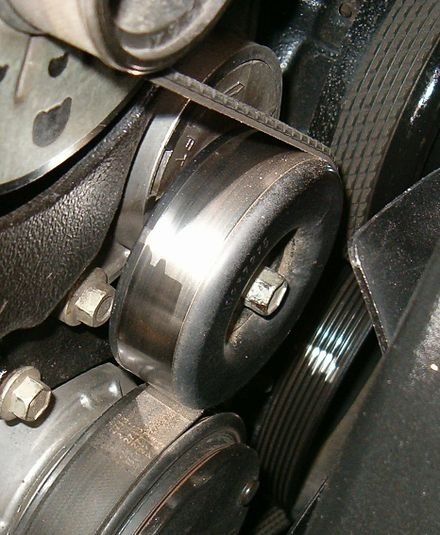I just submitted a statement at my law school dean’s request to honor my former professor Karl Coplan for the Beckman Award. The award is given to current or former academic faculty members who have inspired their former students to “create an organization which has demonstrably conferred a benefit on the community at large.” Great stuff, and I salute Wells Fargo for making this happen.
I co-founded Columbia Riverkeeper, and that may very well be my lasting legacy despite the fact I haven’t been involved with the organization since December 2000. Most of the great work, in my opinion, has been accomplished since I moved on to teach and further evolve from philanthropy to entrepreneurial endeavors with a soul. I’m proud of what I helped to build, but it’s really the current staff that should be celebrated.
That said… this was a really hard piece to write because of the (understandable) boundaries placed on the submission documents. Having helped give away grants through Tranquil Space Foundation, I know you need a streamlined process for applications, so I do not begrudge Wells Fargo for penning in my creativity. I spent a plane ride crafting a draft that was twice the length allowed with half the required inclusions. I want to share the longer (proper) version with the world here.
My original draft was a lot more about Karl than me. It also gets into rock history, because (a) that’s how I think sometimes and (b) the analogy of Karl Coplan as the drummer or bass player of a great band with a charismatic and celebrated lead singer was too obvious to pass up. Sadly, this doesn’t fit into corporate giving submission guidelines, but that’s what having an open forum like An Uncommonly Silly Blog is all about.
And look, I get it. This is long. #TL;DR synposis? Karl Coplan is an inspiration even though he’s not Jagger or Cobain… and this is the thank you note I have been writing in my head since 1996.
Karl Coplan’s leadership, and perhaps the entire source of his inspirational force, lies in his quiet, unassuming demeanor. If he intends to inspire his students, it’s not directly apparent, but if you ask any of his students – current or alum – I have yet to find a person who doesn’t hold Karl in the highest regard. He leads by example, not rhetoric. He inspires through deeds.
It’s tempting to fill my testimonial about Karl with accolades about his intelligence, the fact he’s the most gifted attorney I’ve worked with in my entire career, and repeat the stories I tell all time time about his commitment to environmental causes and teaching the next generation of lawyers to take up the banner of protecting our rivers, lakes and streams. That’s the easy essay to write because it’s the biography of Karl Coplan – the legacy he’s left and the one he continues to craft.
With a few notable exceptions, rock bands are comprised of a lead singer and a bunch of other people who – often practically anonymously – back him or her up. The lead singer is the leader of the band with very few exceptions – the music press uses the term frontman as often as lead singer for a reason. These are the names you’ve heard even if you never listened to their music: Lennon, Jagger, Wilson (Nancy and Ann), Plant, Sting, LeBon, and Cobain. These are the names history and media pays the most attention.
But what of the supporting musicians? Fans of Zeppelin know the band would have been a pale imitation of itself without the drums of John Bonham – the remaining band members didn’t even bother continuing to make new music after his premature passing. Geddy Lee’s, shall we say, distinctive vocals are what most people hear when Rush is playing, but Rush is not Rush without Neil Pert’s rhythms.
The Pace Environmental Litigation Clinic is the band I joined in 1995. Its indisputable lead singer is also a legacy of one of the most famous families in American politics. Robert Kennedy Jr. has overcome the burdens that come with that birthright and has separately established himself as one of the leading voices of environmental stewardship. He receives the accolades and attention, and deservedly so. But to those of us who’ve been members of this merry band, we know the bearded guy in the back office as the source of inspiration for what we’ve done with our lives. Karl Coplan is the one who is shaded in obscurity by the more famous Kennedy, yet he’s the one many of us emulate in the months and years after we move on from the Clinic.
The Clinic is a mini law firm led by Coplan, primarily serving Hudson Riverkeeper, an environmental organization dedicated to keeping the waters of the Hudson River Valley clean for the people who live there. Third year students make up the majority of the work-horses for the lead attorneys, learning real world application of the law while championing real people along the way against powerful entities that don’t act in their interests. It’s here where I learned to be a lawyer and a professional. I was lucky. Law schools without good clinical programs prove on a daily basis that they are the least efficient mechanisms to teach students how to be a lawyer or a professional, but for my entire third year I had Karl Coplan serving as the template on how to excel at both.
It doesn’t take long to learn Karl Coplan is the type of person you’d want to emulate. His talent, his demeanor, his patience, and incredible intellect ensures that you know he has other options beyond serving as an anonymous professor at a small law school many people haven’t heard of. As students we knew Karl left a successful private practice to lead the Clinic, but we always assumed he’s spurned dozens of additionally lucrative options with opportunities for personal glory. And yet he forges his own path, leading quietly behind the scenes.
When I think of Karl, I think of the winter of early 1996. It was a particularly brutal one in White Plains, New York. With an important brief imminently due, a blizzard dropped two feet of snow on the region, closing the law school campus. Undaunted, a group of us trudged through the drifts and jimmied open one of the ground floor office windows, lifting our lightest over the shrubs and into the building so she could dash around the corner to unlock the front door. We didn’t do this because we sought the kudos, or an easy A, or even a good story to tell after the snow melted. We did it because that was an important brief and we weren’t going to let a little thing like a crippling snow storm serve as an excuse to let Karl Coplan down.
As spring warmed the Hudson Valley, Karl changed his commute from the other side of the river. Rather than join the throngs of drivers on the Tappan Zee Bridge, Karl built his own kayak and crossed the river under his own power. Although I can probably name twenty different things I learned from Karl, it was this simple act of unconventional living that resonated the most. You don’t have to drive across the bridge because other people do it. You don’t have to take a job at a law firm because that’s what everyone else does. You can follow your passions and if those things happen ton help people along the way, all the better.
Before I met Karl Coplan, I was a risk-averse academic overachiever who hadn’t taken a break since nursery school. After learning a journal full of life lessons in a mere two semesters under Karl, I was transformed. The person I was 9 months before before would have been horrified at the metamorphosis. I turned down interviews at law firms in Manhattan, packed up everything I owned in a late model Honda Civic and left New York. The only state I’d ever known disappeared in my rear view mirror as I drove to Portland, Oregon sight-unseen with no job, but with big ideas and a lot of passion. Within 6 months, I was meeting with community leaders that would join me in forming Columbia Riverkeeper.
Columbia Riverkeeper fights for the rights of the people of the Columbia River basin – one of the largest in the world – to ensure their communities have clean water. The early days of Columbia Riverkeeper focused on merging two regional organizations, fighting the continuing environmental debacle that is the Hanford Reach nuclear contamination and a lawsuit against the Army Corps of Engineers to prevent an ill-advised dredging operation in the lower portion of the river near Portland. Since then the organization has been embraced in communities up and down the river, from the headwaters in British Columbia to its dramatic collision with the Pacific Ocean near Astoria, Oregon. Its mission – unchanged since we formed it – is to protect and restore the water quality of the Columbia River and all life connected to it. The organization has blossomed in the decade since I turned to new opportunities and it is now the most important voice representing communities in the basin. The torch was taken up by others, but Columbia Riverkeeper’s unique blend of community connection and unapologetic advocacy on their behalf may not have been established if it weren’t for the lessons I learned from Karl Coplan.
Lead singers get all the glory, but every once in a while it’s the drummers that leave the biggest legacy. Although John Bonham was not nearly the front-facing key to success for Led Zeppelin as lead singer Robert Plant and guitarist Jimmy Page, drummers for two successive generations have been inspired by his powerful contribution to the art. One of those drummers inspired by Bonham lent his skills to a small band from Seattle named Nirvana, which managed to become the voice for an entire generation within three years. While Dave Grohl toiled in obscurity begind the larger-than-life Kurt Cobain as they became the biggest band in the world, he became the one that ended up inspiring the next generation. When Nirvana left the world along with Cobain in the spring of 1994, Grohl stepped forward and became a frontman in his own regard, guiding Foo Fighters to become one of the best selling acts of the 2000s. Bonham inspired a novice, and that novice continues to create waves in three decades of music.
And so it goes – Karl as the ultimate supporting act has inspired countless numbers of students through his quiet, consistent leadership through the years. Each one of these students have in turn been supporting acts for a variety of organizations and causes. Some of those supporting acts have become part of bigger things, even going on to lead bands of their own. I’m privileged to have played a part in the creation of Columbia Riverkeeper, but I never saw myself as a frontman because, like Karl, I’ve seen the importance of being a supporting act. It’s not important that I never led the band that has grown to be such an important voice in the Northwest. It’s important that the legacy remains and the work continues. If it weren’t for Karl Coplan, it’s entirely possible things would be different.
